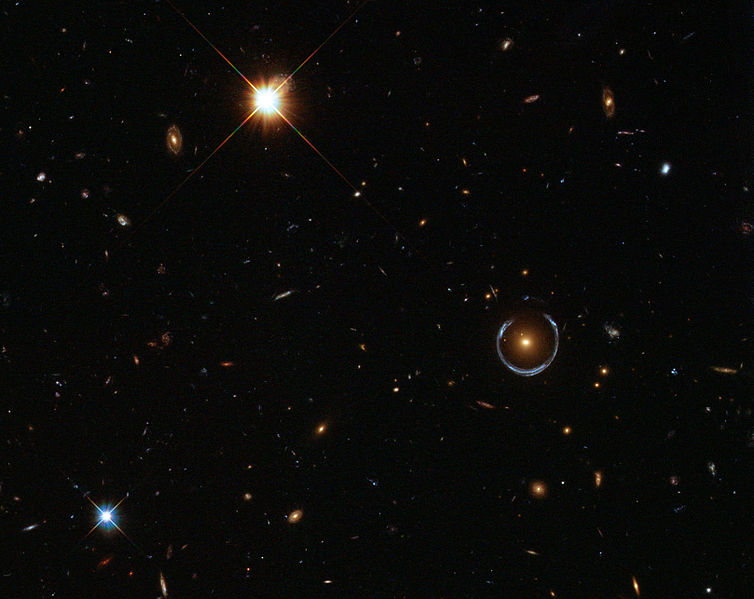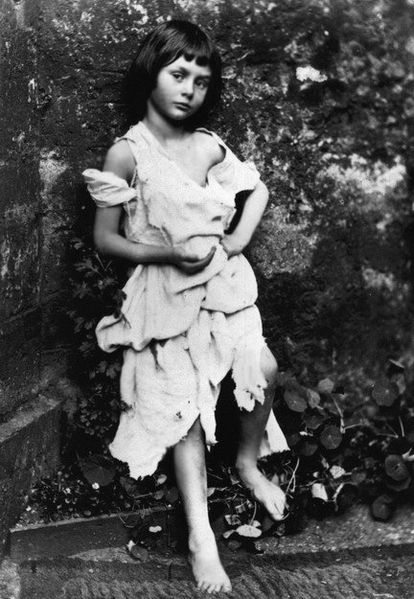
Figure 1 – Einstein Ring due to gravitational lensing (lower left) due to LRG 3-757, 2011 from ESA/Hubble & NASA via the Wikipedia and in the public domain.
I’m going to shock many of you today by choosing as my Favorite Photograph 2013, #4 an image from NASA’s Hubble Space Telescope entitled “A horseshoe Einstein ring from Hubble, 2011.” I’ve chosen the full field version that shows the surrounding star field (see Figure 1), because it is well so beautiful. A robot eyes photograph, Wolf? Really? Yes that’s right and I use it to illustrate an important point. What is the purpose of photography? It can be many faceted. To create something beautiful? To create emotion. To inform. So here we have something that is both beautiful and informs. It is a scientific triumph that proves something really important, namely Einstein’s General Theory of Relativity.
Let’s not get into the middle of a scientific controversy here. Although Orest Chwolson (1924), Frantisek Klin (1936), and Albert Einstein (1936) all postulated the existence of gravitational lenses. Einstein’s work is the most famous and it is really a key element of his general theory, according to which light is bent by gravity.
So if there is a massive object such as a galaxy or cluster of galaxies between a very distant galaxy it’s light is bent my the massive object so that its image is distorted. It can be distorted in many ways since the massive object typically acts as a very bad lens; it can be like looking through a soda bottle.
Figure 1 is a particularly perfect example. Here we look at the blue light from a distant galaxy warped by the gravitational field of a luminous red galaxy. The alignment is essentially perfect so that the distant galaxy is warped into a huge blue horse shoe that surrounds the luminous red galaxy.
I was amazed when I first saw these beautiful images – and they are beautiful, because they show something that I only imagined but never thought that I would see. This is a wonderful example of the magic of photography, of the gift of expanded vision that robotic eyes can give us.



